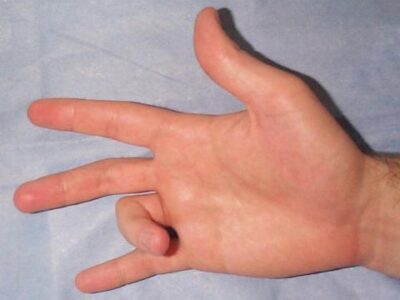From Franciscan Health
As golfers strive to perfect their swings and lower their handicaps, they often encounter a challenging companion: injuries.
Repetitive motions, asymmetrical stresses and torque applied to the body during a golf swing can lead to a range of injuries that not only hinder performance but also threaten to sideline even the most devoted players.
Thankfully, there’s a sports program available to show golfers how to maintain their form, recognize and avoid potential injuries, and even improve their overall performance.
TPI-certified Franciscan Health physical therapist Jimmy Enomoto explains how Franciscan Health’s golf performance program can keep you away from potential injuries like golfers elbow, all while maintaining a proper form for those crucial golf swings.
What Is A Golf Performance Program?
“The golf performance program focuses on the study and improvement of golf-related performance, including the physical, biomechanical and physiological aspects of the game,” said Enomoto.
Franciscan’s golf performance program offers a range of services and resources for golfers, including:
- Golf fitness and conditioning
- Biomechanical analysis
- Injury prevention
- Customized golf instruction
- Research and education
What Golf-Specific Training Does Franciscan’s Golf Performance Program Focus On?
“The golf performance program focuses on training areas designed to enhance a golfer’s overall performance by addressing the physical aspects that contribute to an effective and efficient golf swing,” said Enomoto.
A golfer’s proper movement and positioning can be impacted by several factors, including general flexibility, age and a history of injuries that cause changes to how the body functions.
While a person’s range of motion can get in the way of their golfing goals, Franciscan’s golf performance program can help golfers recognize their movement limitations and find effective ways to improve.
These training areas for golfers can include:
- Functional movement screening
- Flexibility and mobility
- Strength training
- Core stability
- Balance and coordination
- Posture and body alignment
- Injury prevention
- Swing mechanics
- Integration with golf instruction
“The golf performance program’s approach with its training areas combines fitness, biomechanics and golf instruction, providing golfers with a comprehensive strategy to elevate their game and reach their full potential on the course,” said Enomoto.
How Can Golf Performance-Trained Professionals Assist With Treating And Preventing Golf Injuries?
“TPI or Titleist Performance Institute certified therapist involves coursework that allows for a deeper understanding of the biomechanics of the golf swing, common golf-related injuries, and effective treatment strategies,” said Enomoto. “The specialized knowledge from these courses enables these professionals to better diagnose, treat and prevent golf-related injuries, ultimately helping golfers maintain their health and optimize their performance on the course.”
How Can Golf Performance Training Help Prevent Common Golf Injuries?
Enomoto explained that the most common golf injuries typically involve the areas of the body that are subjected to repetitive stress, awkward movements, and the rotational forces associated with the golf swing.
These potential injuries can include:
- Lower back pain
- Golfers elbow
- Shoulder injuries
- Knee injuries
“By using a functional movement screening, we can address areas of dysfunction and tailor interventions to the individual golfer’s needs, thus helping prevent or recover from injuries.”
With some dedication to hone your craft along with the assistance of trained professionals, you’ll be able to confidently spend time playing golf casually or professionally while progressing golfing skills steadily and avoiding injuries that could take you out of the game.










